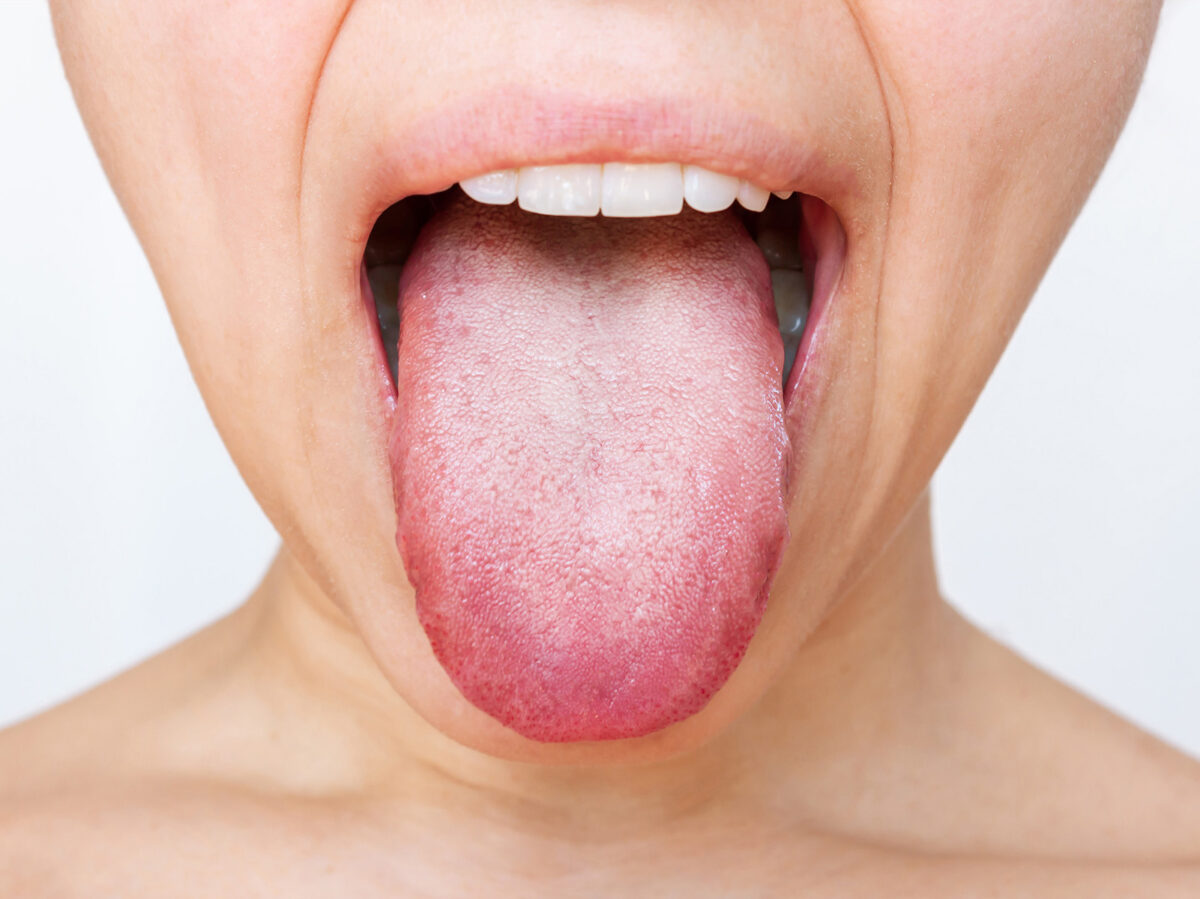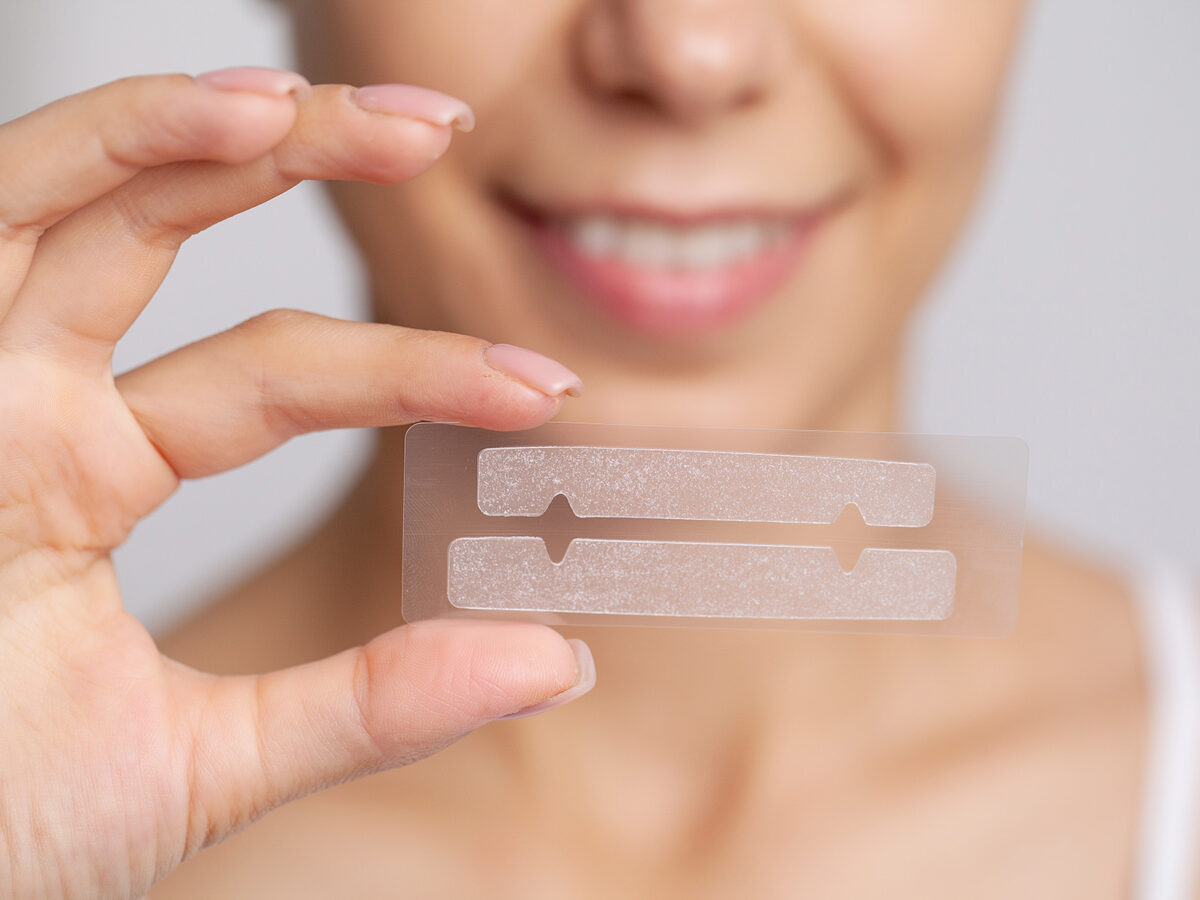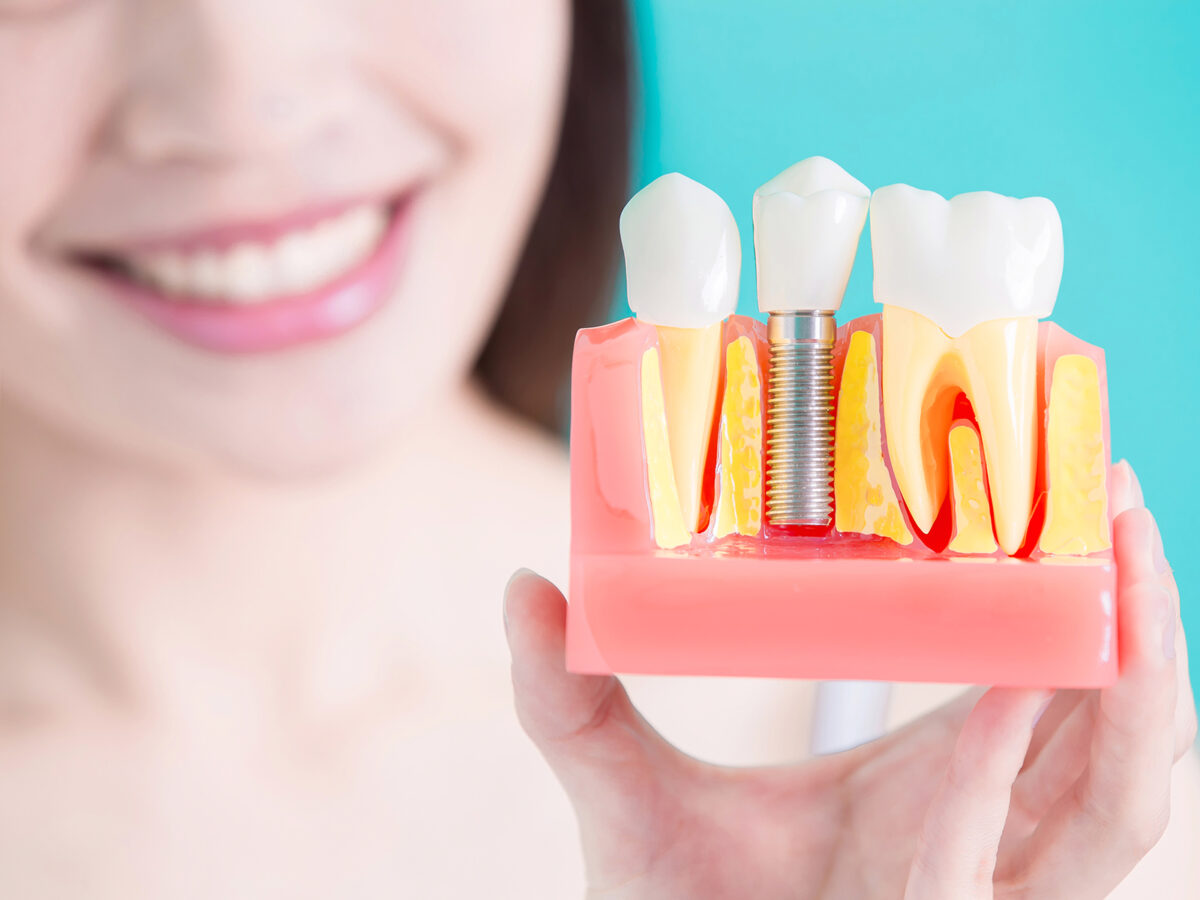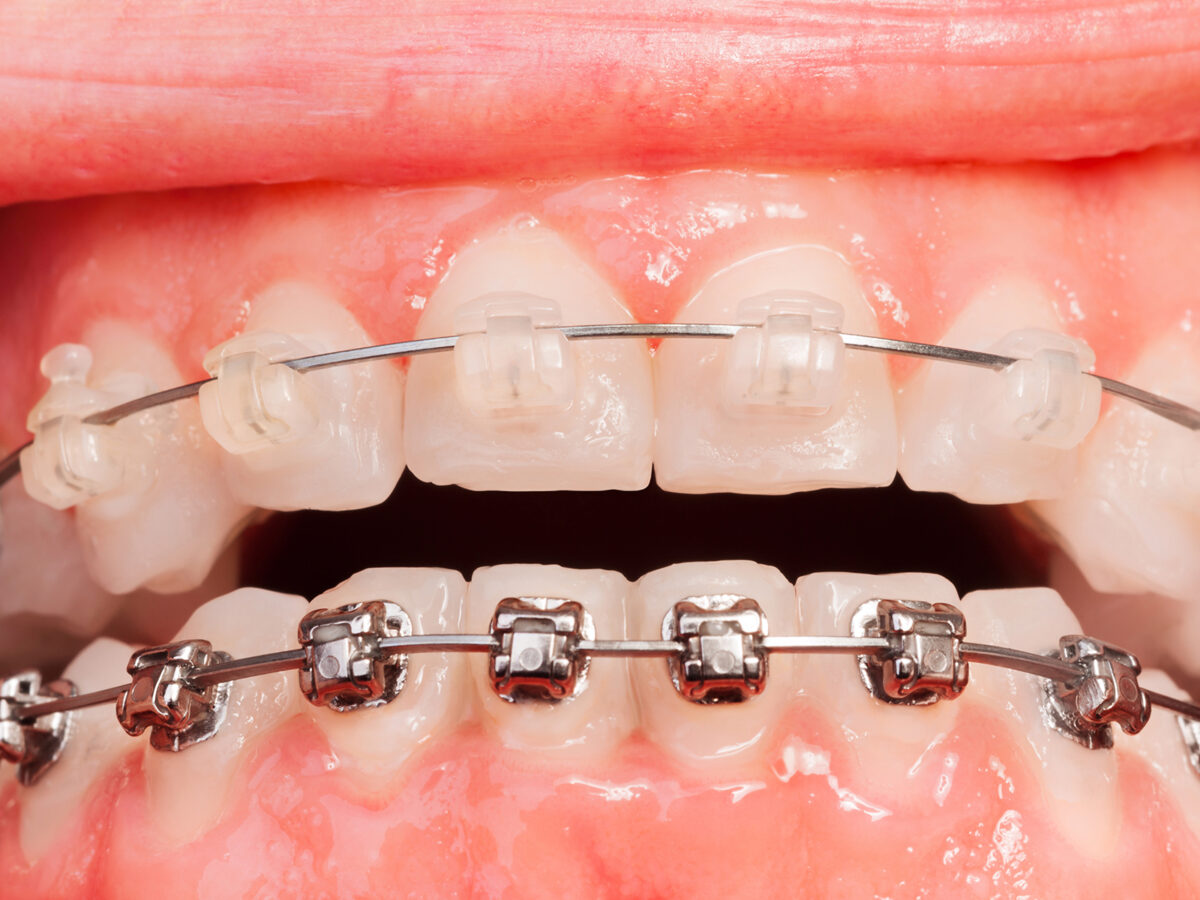The surface of our tongue has numerous papillae, which are finger-like projections. When these projections swell up due to overgrowth, it results in a white tongue. Your tongue appears bleached because bacteria, debris, and dead cells are lodged between your inflamed and enlarged papillae.
Along with the paleness of your tongue, you may also experience bad breath, irritation, and a hairy appearance on this organ. White tongue looks bad and unappealing but is usually temporary and harmless. You need to see a healthcare provider only when the bleached look lasts for more than a week, or you also develop pain and issues while talking or eating.
Papillae hypertrophy could develop for various reasons, including poor oral hygiene, dry mouth, excessive alcohol consumption, dehydration, mouth breathing, usage of oral tobacco, smoking, fever, irritation due to sharp edges of teeth or other dental appliances, etc.
There could be a multitude of other health conditions associated with a white tongue, such as oral thrush, geographic tongue, mouth cancer, leukoplakia, tongue cancer, etc.
We will look closely into what causes white tongue, its symptoms, and what treatment options are available for this condition.
Why Is My Tongue White?
It whitens when food and bacteria get caught between tiny bumps or papillae on your tongue’s surface.
- When the papillae are inflamed or raised, they create a larger surface area for debris to accumulate inside your mouth.
- Due to this build-up, you may often have bad breath.
- A greyish-white coating could cover your entire organ, or the layer might appear in patches.
- A white tongue is usually harmless, but in rare cases, it might indicate a severe underlying illness.
Causes Of White Tongue
Some of the common reasons for developing a bleached tongue are described below:
- Poor oral hygiene – If you do not brush, floss, and scrape your tongue as per your dentist’s recommendations, then you have a high chance of developing Papillae hypertrophy.
- Antibiotics – Antibiotics can cause yeast infections inside your mouth.
- Lifestyle and habits – If you smoke, vape, or chew tobacco, you have a high chance of getting Papillae hypertrophy.
- Dentures – If you wear dentures, it could damage your tongue with its sharp edges.
- Mouth breathing
- Eating a low-fiber diet – If you do not consume sufficient vegetables and fruits and consume lots of soft foods which lack roughage, you can have a white tongue.
- Excessive alcohol consumption – If you drink more than one drink daily, it leads to dehydration and can give rise to Papillae hypertrophy.
- Dry mouth due to medical conditions – If you use certain medicines such as muscle relaxants or certain medications used in cancer treatment, you could develop a dry mouth, which might lead to a white tongue condition.
What Does Having White Tongue Mean?
Papillae hypertrophy denotes you might have several other health conditions including:
- Leukoplakia – This is caused when there is an overgrowth of cells in your mouth’s inner lining. Keratin protein (which is present in our hair) combines with these cells forming white patches or spots within your mouth. This is mostly caused by irritation in your mouth due to heavy smoking, chewing tobacco, and alcohol consumption. Leukoplakia is, in general, not a serious condition, but at times, it could lead to oral cancer after years (or even decades).
- Geographic Tongue – Your tongue will have patches of redness having white borders when you suffer from this condition. This appearance is because a portion of the top layer of your tongue falls off too quickly, leaving tender red areas that usually are infected. This condition is more prevalent in people with eczema (skin disorder), Type I diabetes, psoriasis, or reactive arthritis.
- Oral thrush – This infection is caused by fungus or candida yeast. Candida is present in our mouths usually also, but when it overgrows, it can create problems.
- Oral lichen planus – This is a chronic inflammatory mouth condition where white patches would appear on your gums, inner cheeks, and tongue. This is most likely a disorder of the immune system.
- Syphilis – This is a bacterial infection and a type of SIT (Sexually Transmitted Disease) which has many symptoms, and one of them is Papillae hypertrophy.
How Is Papillae Hypertrophy Diagnosed
To diagnose Papillae hypertrophy, the dentist would scrape off a portion of white matter from your throat or mouth to look at it under a microscope.
- To confirm the diagnosis, the dentist would look for fungi or yeast in the scraped portion.
- If candidiasis is in the esophagus or lowers down the throat, then an endoscopy is performed where the doctor passes a small camera toward the back of the throat to view the tissues and collect samples. A gastroenterologist usually performs an endoscopy.
- If there are white lesions, the doctor will perform a biopsy to confirm the diagnosis.
Treatment For Papillae Hypertrophy
Most people might not need treatment for Papillae hypertrophy. This condition usually goes off within a few weeks, but if it persists, you would need to see your doctor, who would look at the following course of treatments based on symptoms:
- Hairy tongue – For this condition, your doctor would not directly treat the organ but instead focus on treating your immune system, which has become weak. In some rare cases, they may prescribe antiviral medicines or topical ointments such as retinoic acid.
- Tongue rash – This condition does not require any treatment, but if it lasts too long, your doctor might prescribe you steroid-based mouthwashes (you prepare this by dissolving steroids in water) or steroid sprays, which may reduce discomfort caused due to sore or burning gums.
- Mouth fungus – If you have oral thrush, you will be given anti-fungal medicines.
- White patches – This has no specific treatment, but you might be advised to avoid foods and drinks that cause pain or discomfort. You could also apply topical ointments that treat mouth fungus.
- Syphilis – Papillae hypertrophy will not go away if it is due to syphilis. Syphilis needs to be treated else it could damage your nervous system and create severe long-term health issues. To treat syphilis, you might be given a single injection or antibiotics.
- Oral cancer – This might require surgery where the doctor would use a scalpel or a laser to remove the white patches. Removing them ensures they will not become cancerous.
You can develop a white tongue due to a hoard of underlying health conditions. On its own, Papillae hypertrophy is not dangerous and can be managed easily, but it is necessary to get it checked if the bleached appearance does not go away within weeks.




